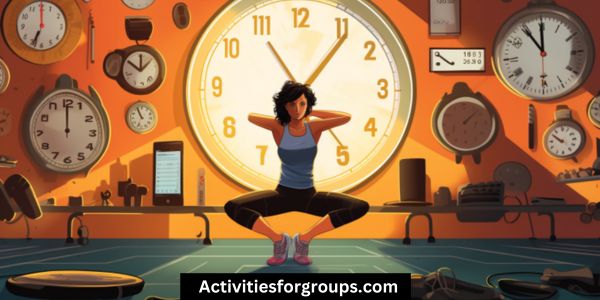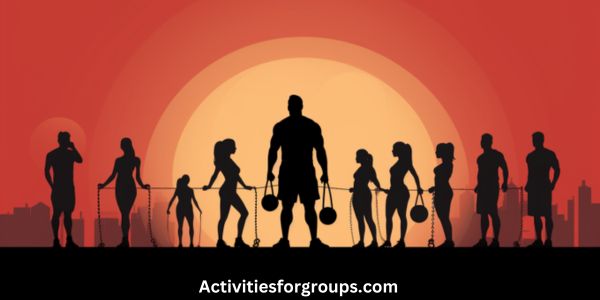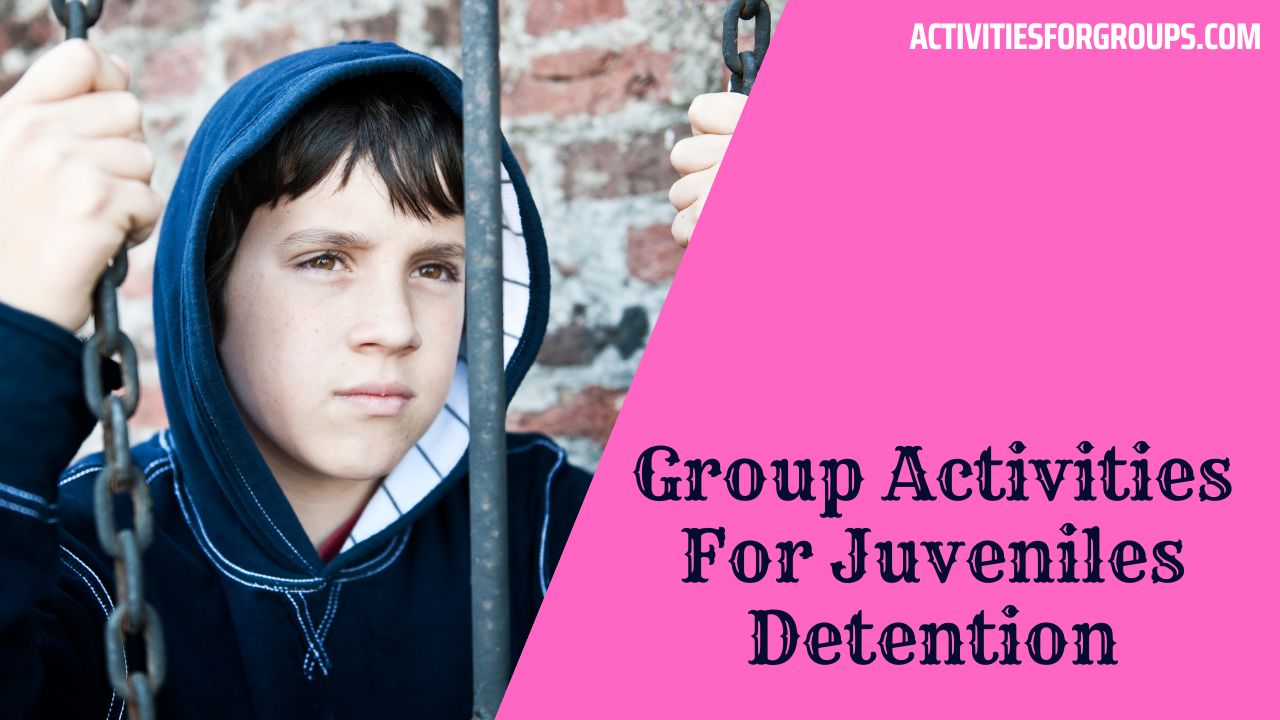Are you looking to start a group fitness class for beginners?
It’s a great way to get people motivated and on the way to a healthier lifestyle. With a few easy steps, you’ll have your class up and running in no time.

Keep reading to learn the basics of how to organize a group fitness class for beginners.
Set Goals and Objectives
You need to set clear goals and objectives to ensure your beginner fitness class is successful. This includes considering group dynamics, setting up a class structure, and creating a plan that’s achievable for all participants.
Start by thinking about the desired results of your group fitness class. Do you want to focus on increasing strength, improving balance, or burning calories? Once you have determined the goal of the class, you can then design a program that will help participants reach those objectives.
Next, consider the group dynamics of the class. How many participants will there be? Are they all at the same fitness level? Are there any age or health-related restrictions? Knowing the answers to these questions will help you create a class structure that works for everyone.
Finally, create a plan with achievable goals that can be adjusted as the class progresses. You may need to adjust the intensity of the exercises, the length of the class, or the frequency of the classes. Make sure that the plan is tailored to the needs of the group and that everyone is comfortable with the pace.
Establish a Format
Develop a structure that outlines the flow of your class. This structure should be designed to motivate participants and keep them engaged. It should also allow for time management, so the class flows smoothly and efficiently.
To establish a format for your class, consider these tips:
- Make sure you plan out your class in advance.
- Include components such as warm-up, main workout, cool down, and any stretching activities.
- Consider incorporating different types of exercises like cardio, strength, and flexibility.
- Design each class with a purpose in mind.
- Plan out every exercise and its purpose for the class.
- Aim to provide a balanced workout for the participants.
- Incorporate music and other props to create an enjoyable atmosphere.
- Use upbeat music to keep the participants motivated and energized.
- Consider introducing props such as fitness balls or resistance bands.
Creating a structure for your class can help ensure its success. With careful planning and thoughtful design, you can create an effective and enjoyable group fitness class for beginners.
Choose Music and Equipment

Pick music and equipment that will motivate and engage your participants.
Music can be a powerful tool for setting the right atmosphere in the fitness class. Finding music can be as simple as searching for a pre-made playlist or creating your own. Consider the age, fitness level, and preferences of your participants when selecting music.
When it comes to equipment, pick items that are easy to use and not too challenging for beginners. Consider using a jump rope, exercise bands, yoga mats, and hand weights. Make sure to provide enough items for each participant in the class. Avoid using too many pieces of equipment to avoid confusion and clutter.
Choose music and equipment that will help your participants achieve their fitness goals.
Prepare an Exercise Plan
After selecting the music and equipment that will motivate and engage your participants, it’s time to develop an exercise plan.
To ensure your class is accessible to all levels, plan to modify exercises and intensity:
- For Beginners:
- Choose exercises that are easy to modify
- Focus on low-impact movements
- Keep the intensity low
- For Advanced Participants:
- Provide options for more challenging exercises
- Incorporate high-intensity movements
- Offer modifications to make exercises easier or harder
Be sure to explain each exercise before demonstrating. Give detailed instructions for proper form and safety. And, if necessary, provide alternatives for those with injuries or physical limitations.
Create a plan that’s well-rounded, with a mix of cardio, strength, and flexibility exercises. Consider the class length when deciding how many exercises to include. And, think about the energy you want to create. Will you design a class that starts with a warm-up and ends with a cool-down? Or, will you keep the intensity high throughout?
Monitor Progress and Adapt

Once you’ve designed your group fitness class plan, it’s important to monitor your participants’ progress and adapt the program as needed.
Building trust and tracking improvements are key to successful group fitness classes. To ensure that everyone is making progress, you should regularly assess the participants and make adjustments accordingly.
| Assessments | Adjustments |
|---|---|
| Measure heart rate | Increase or decrease intensity of exercises |
| Track improvement over time | Change the exercises for a particular participant |
| Take note of any injuries | Modify exercises for a participant with an injury |
| Make note of any feedback | Adjust exercises or timing based on feedback |
In addition to physical assessments, make sure to ask your participants how they are feeling. Ask questions about any pain or discomfort they may be experiencing. Make sure to provide positive reinforcement and encouragement to help participants stay motivated. Finally, be prepared to make changes to the program as needed. If you notice any participants are struggling, you may need to adjust the program to better suit their needs.
Frequently Asked Questions
What Type of Environment Is Best for a Beginner Group Fitness Class?
For a beginner group fitness class, you’ll need a space that meets your requirements, and music that resonates with your participants. Pick a room that’s comfortable and motivating!
How Can I Ensure My Class Is Safe for All Participants?
Ensure safety by screening participants for physical requirements and any medical conditions. Ask for doctor’s approval, if needed.
What Qualifications Do I Need to Teach a Group Fitness Class?
To teach a group fitness class, you need a fitness certification and class insurance.
How Can I Market My Class to Attract New Participants?
To reach potential participants, connect online by creating social media accounts and advertising locally using flyers and posters. Draw in new people by highlighting the benefits of joining your class.
What Are Some Tips for Leading a Successful Group Fitness Class?
Be an enthusiastic leader and build camaraderie by motivating and encouraging participants. Set clear goals and track progress to help keep everyone on track.
Conclusion
You’re now ready to lead your fitness class for beginners!
You’ve set goals and objectives, established a format, chosen music and equipment, and prepared an exercise plan.
As you monitor progress and adapt, you’ll be able to create an engaging and successful fitness experience for your participants.
With a bit of practice and enthusiasm, you’ll be a pro in no time!




Leave a Reply